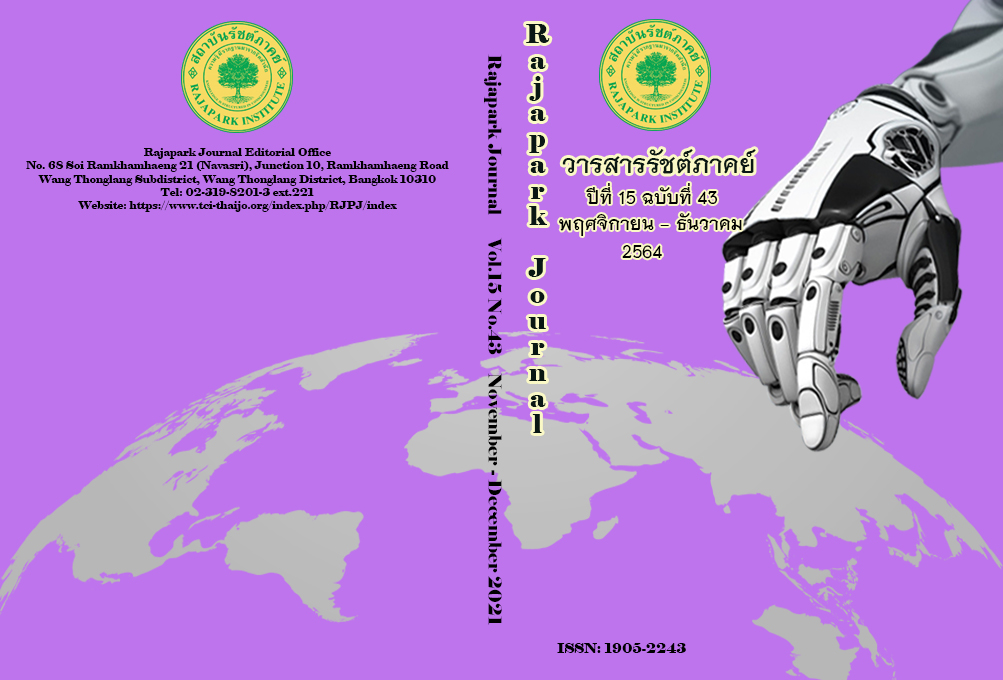The Use of Symbol for Love Scene from Lilit Phra Low
Main Article Content
Abstract
The aim of this article was to study and present how the symbol has been used in the love scene in the Lilit Phra Low literature by documentary study, which is a story from the Ayutthaya era. It was found that the symbol is often found in most Thai literature. The poetry uses natural signs or symbols to represent a man and a woman in a love scene. For example, animals, flowers, and natural phenomena. The sex scene between two lovers is portrayed as a relationship between recognized pairs, such as bees and flowers. The study has shown the popular tradition in Thai literary writing, especially how poets describe the love scene between man and woman, which was not acceptable to Thai society at that time. With normative social that is used to distinguish values, attitudes, appropriate and inappropriate behaviors, the poet chooses to use symbols to depict the events of sex. This interesting and beautiful wording not only makes Lilit Phra Low be at all-time favorite literature but also shows the remarkable talent of art created language by Thai poets.
Article Details
Views and opinions appearing in the Journal it is the responsibility of the author of the article, and does not constitute the view and responsibility of the editorial team.
References
JJarutevintra, S. (1977). An Analytical Study of the Language used in Litit Phra Low(Master of Arts). Chulalongkorn University.
Lilit Phra Low Chabap Thod Khwam La Athibaisab. (2001). (2nd ed.). Bangkok: Banthiksaim.
Kwantong, S. (2004). An Analysis of the Nature Description in the Ayutthaya Literature(Master of Arts). Silpakorn University.
Nakkongkom, S. (2013). Representations of Thai Women in Thai Male Writers Erotic Novels(Master of Arts). Chiang Mai University.
Pongpaiboon, S. (1982). Wannakhadi Wikhok. Bangkok: Thaiwatthana.
Royal Institute. (2013). Royal Institute Dictionary B.E. 2554(2011) (2nd ed.). Bangkok: Nanmeebook.
Satchaphan, R. (2010). Wannasilp Nai Wannakhadi Thidairapyokyong Chak Wannakhadi Samoson. Journal of Humanities and Social Sciences, 2(4), 1-24.
Vespada, D. (2006). Homlok Wannasilp: Kan Sang Rossunthree Hang Wannakhadi Thai. Bangkok: Pajera.


